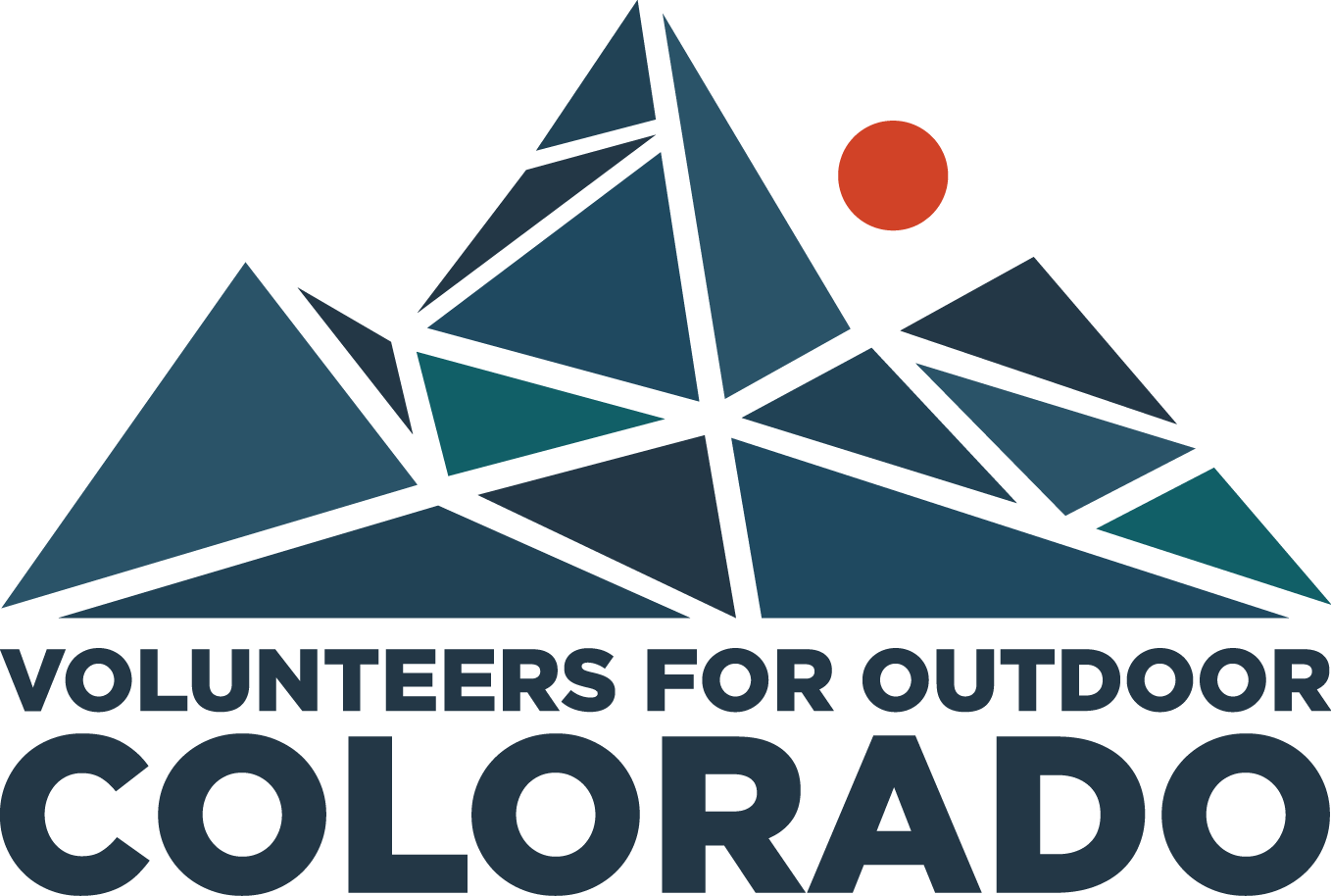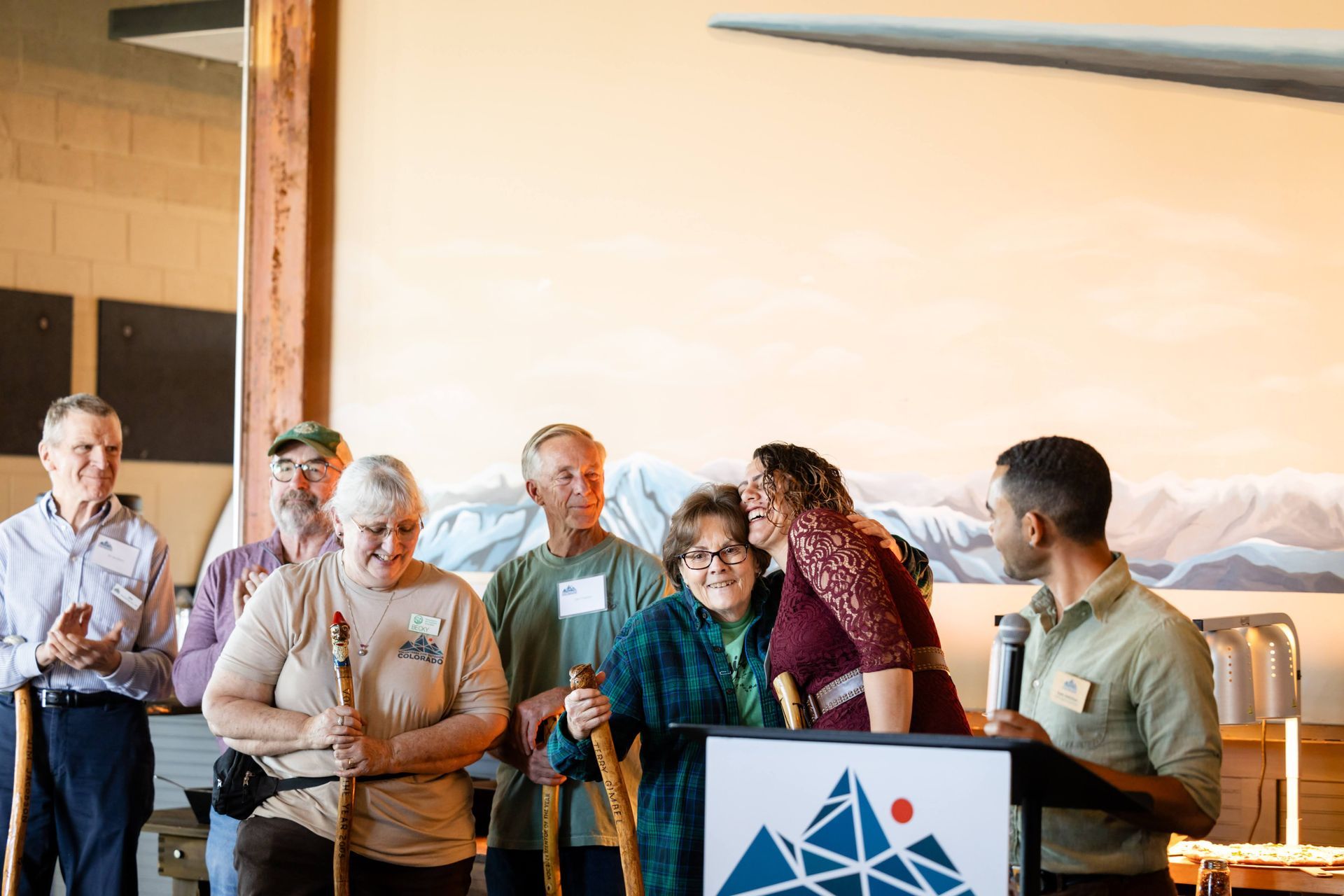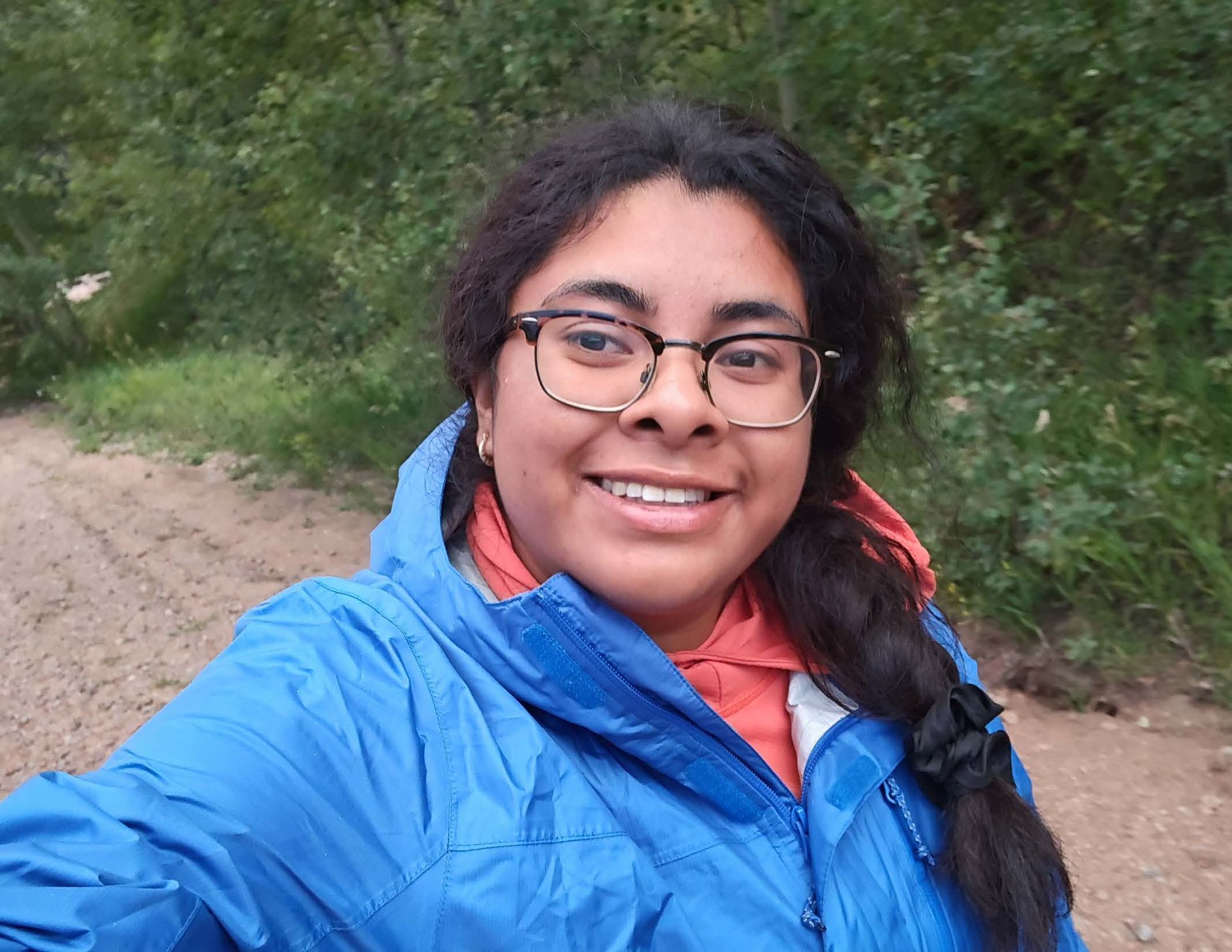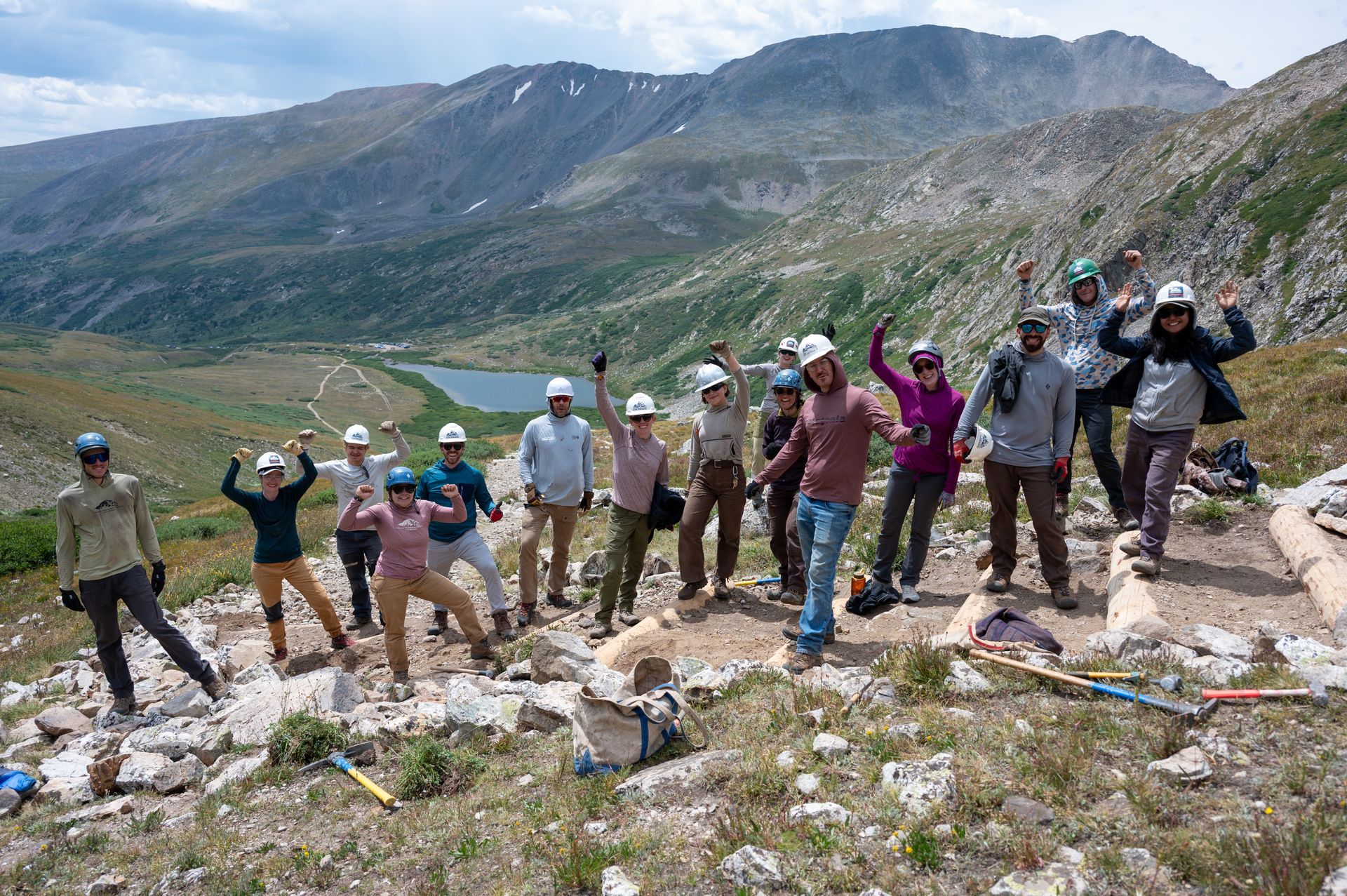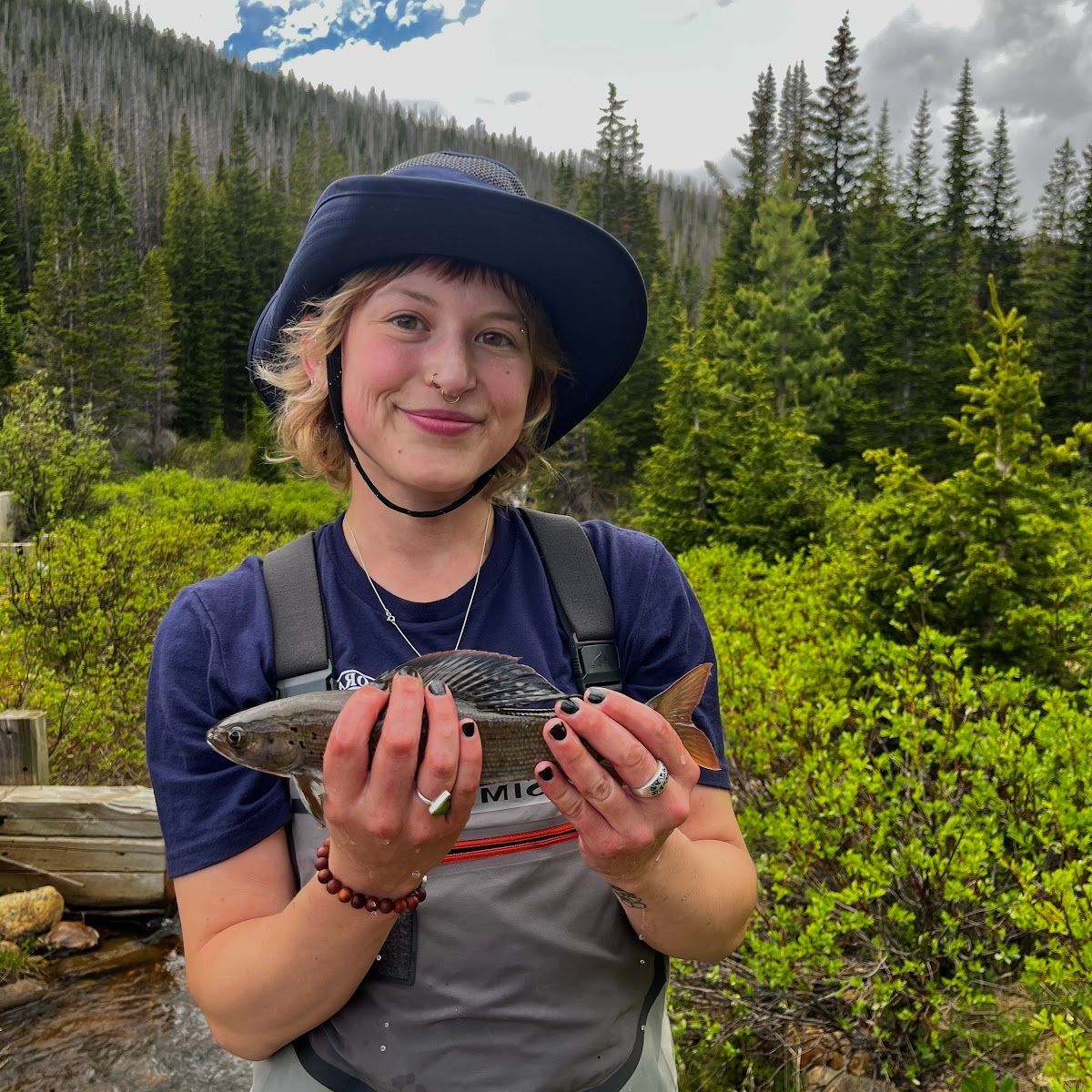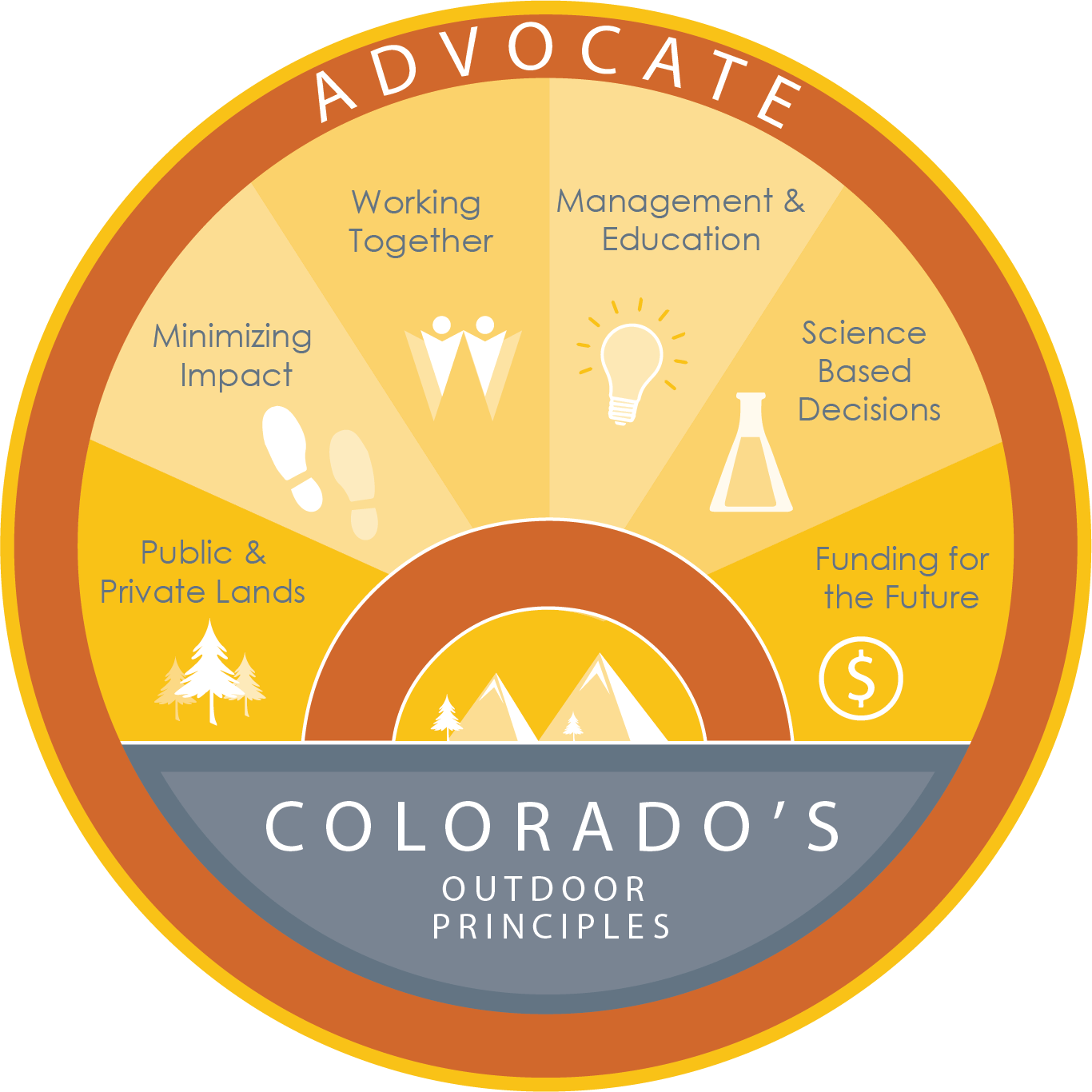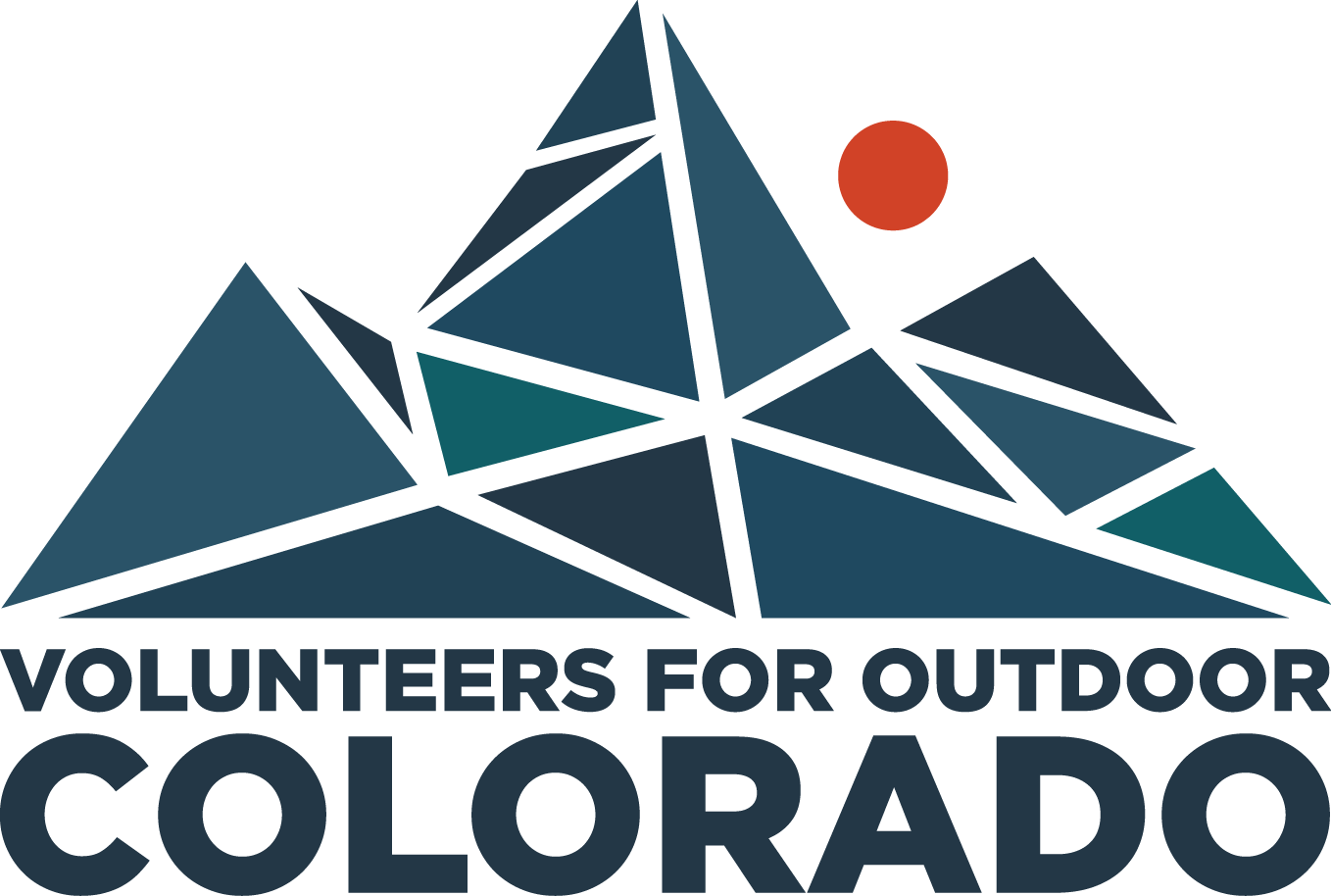The Importance of Riparian Habitat Restoration
Alex Schupp • April 12, 2016
The Importance of Riparian Habitat Restoration
By special guest writer, Allison P. Altaras, attorney with Otten Johnson Robinson Neff & Ragonetti P.C.
Did you know that Colorado is home to seven major river basins, each of which contains dozens of smaller rivers and streams? While each of these watercourses has its own unique ecosystem, many of them face similar challenges. Destruction of riparian habitats caused by erosion, pollution, the introduction of invasive species, wildfires, drought, and over-withdrawal of water is threatening many of Colorado’s rivers and streams. That is why VOC is excited to offer several riparian habitat restoration projects this year, including two at the Big Thompson Canyon in Loveland and one located along Cherry Creek in Parker.
Want to learn more about what causes the destruction of riparian habitats and what can be done to solve the issue? Check out this article by Allison Altaras, an attorney with a background in water law. Allison works for Otten Johnson, a leading commercial law firm in Colorado and a proud supporter of VOC!
What causes destruction of riparian habitats?
Destruction of riparian habits has many causes. Development of land bordering a watercourse can alter runoff patterns, contributing to erosion. It can also introduce pollutants to streams as water carries chemicals and debris from nearby paved surfaces. Irresponsible or unregulated recreational use of rivers and streams can cause further erosion by harming native vegetation and wearing down foot paths that erode river banks during heavy rains or high flows. Many of Colorado’s rivers and streams pass through private land used for farming and grazing of livestock. Like hikers, mountain bikers, fishermen, and rafters; livestock can also trample vegetation and wear down river banks in destructive ways.
Wildfires are increasingly prevalent in Colorado as drought conditions become more common. When a forested area is impacted by wildfire, protective vegetation is burned away and water is unrestrained in eroding steep slopes bordering rivers and streams. During spring snowmelt and heavy rains, water carries considerable amounts of ash and charred materials into Colorado’s watercourses. This in turn may alter water clarity and temperature, threatening fish, amphibian, plant, and insect species.
Introduction of invasive species is another major contributor to destruction of riparian habitats. Non-native trees like the Russian Olive and Tamarisk have wreaked havoc in many Colorado watersheds. The Russian Olive, a tree, and the Tamarisk, a woody shrub, both grow at alarmingly fast rates and consume vast amounts of water. Both plants begin growing back almost immediately after being cut if not treated with herbicides. They crowd out native vegetation and disrupt the balance of the riparian ecosystem.
Finally, prolonged drought conditions and over-withdrawal of water harms riparian habitats by lowering stream water levels to the detriment of aquatic species. Colorado’s system of water rights allows water users to divert water and put it to a “beneficial use” of their choosing. Beneficial uses may be consumptive (domestic use, irrigation) or non-consumptive (recreation, wildlife habitat) in nature. Some of these water rights are transmountain diversions, which means water is diverted from streams and sent through extensive pipelines to a different river basin, permanently removing it from the basin of origin. Several of Colorado’s river basins—the South Platte, Rio Grande, and Arkansas—are already considered “overappropriated”, meaning there is not enough water to satisfy all water rights in any given year. As climate change continues to cause more frequent and intense drought conditions, there will be less water to go around—including to riparian habitats.
What can be done?
Riparian habitat restoration efforts take many forms. Public education on the causes of riparian habitat destruction may be the single most important tool. VOC plays a significant role in public education efforts by encouraging responsible recreation practices. VOC builds and restores trails all over the state to encourage hikers, bikers, fisherman, rafters, and other outdoor enthusiasts to travel in areas that respect riparian habitats. Staying on marked trails and avoiding creating informal foot paths can go a long way toward protecting native plant life and reducing erosion.
It is also important to encourage responsible development around Colorado’s watercourses that takes into account impacts on riparian habitats. This may involve creating larger buffers between development and watercourses, requiring better water detention and water quality infrastructure components, and encouraging denser development with less sprawl and impermeable surfaces such as parking lots. This is often complicated by the fact that development is occurring on private or state- or federally-owned land. That is why VOC partners with both private landowners and public agencies to conduct riparian habitat restoration projects like tree plantings, vegetative buffer restoration, and making improvements to heavily-used areas along watercourses such as picnic areas, fences, bridges, and paths..
When it comes to invasive species removal and native vegetation restoration, VOC really shines. VOC has implemented numerous projects around the state aimed at removing invasive species and stabilizing and enhancing native vegetation. This often takes the form of stumping or pulling invasive weeds and planting native trees and shrubs in their place. These small shoots and seedlings need care and protection to thrive and eventually reinforce the banks of rivers and streams. VOC incorporates an educational component into all of its projects so its volunteers can go forth from their projects as ambassadors for healthy riparian habitats.
Additional Resources:
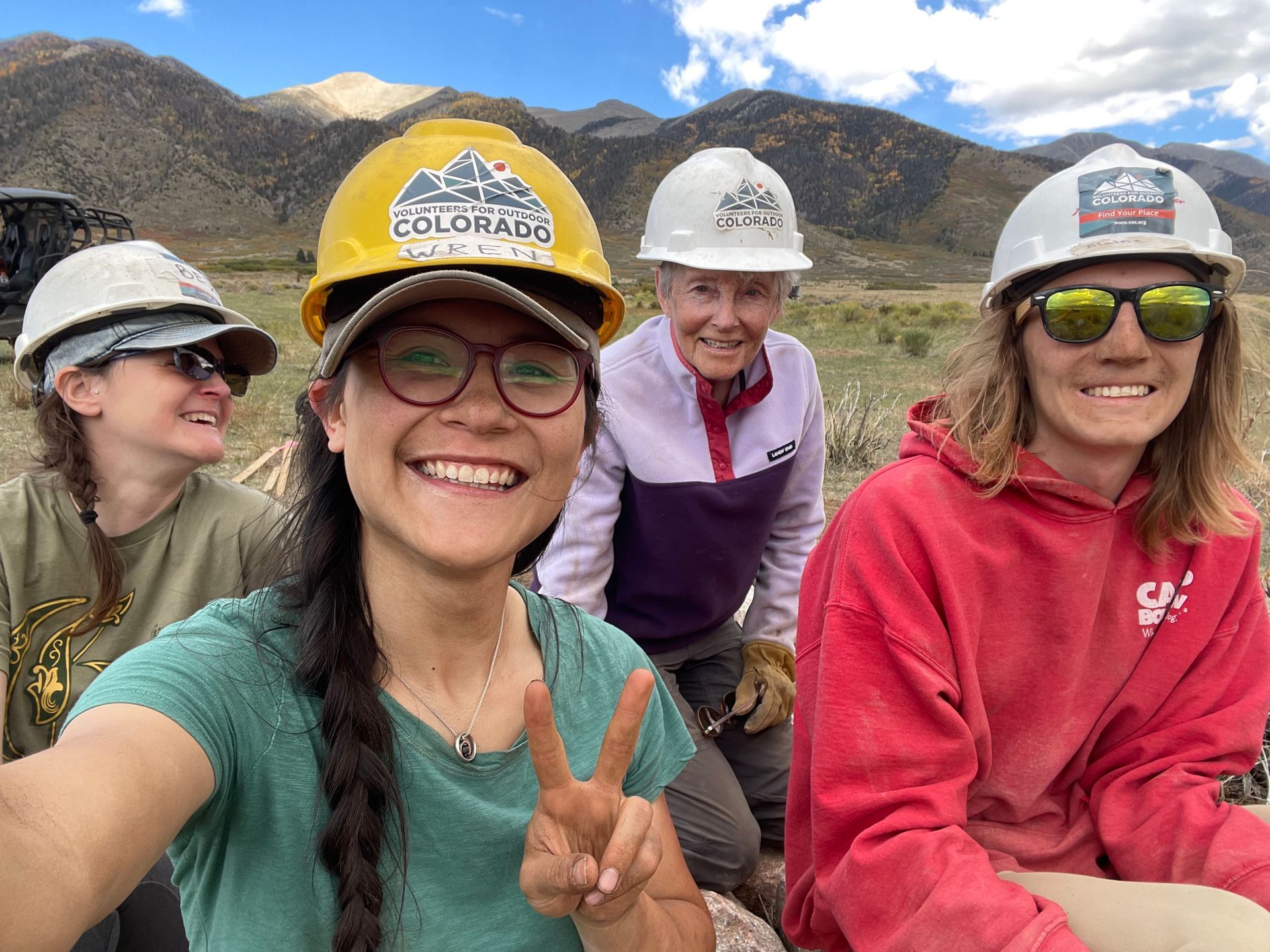
Each September, National Public Lands Day (NPLD) brings people together across the country to give back to the parks, trails, forests, and open spaces we all rely on. While NPLD is often associated with national parks, VOC volunteers proved once again that all types of public land benefit from the care of committed community members.
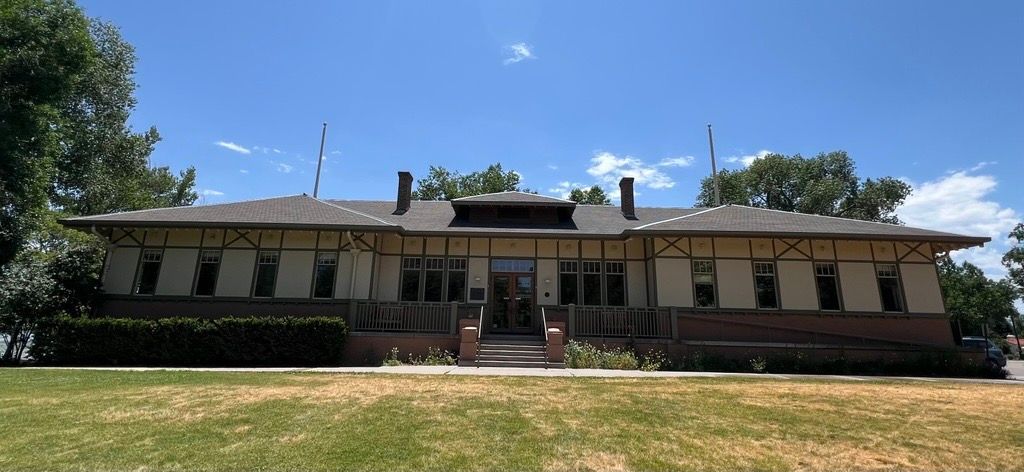
After three meaningful decades, Volunteers for Outdoor Colorado (VOC) will be saying goodbye to our longtime home at the Dos Chappell Bathhouse in Denver's beloved Washington Park. In the early 1990s, VOC signed a 30-year lease with the City of Denver to transform the historic bathhouse in Washington Park into a headquarters that could support our growing mission. With generous support from our community, we launched a capital campaign and raised $700,000 to complete the initial renovations, which were finalized in 1996. Altogether, including the original renovations, VOC has invested more than $1 million in improvements and ongoing maintenance, creating a space that is enjoyed by our staff, volunteers, and the broader Washington Park community. In 2000, the building was renamed in honor of Dos Chappell, VOC’s former Executive Director (1988–1999), whose vision and leadership left a lasting legacy on our organization and Colorado’s outdoor stewardship movement. This space has been more than just an office—it’s been a gathering place, a launchpad for thousands of volunteers, and a visible symbol of our commitment to caring for Colorado.
